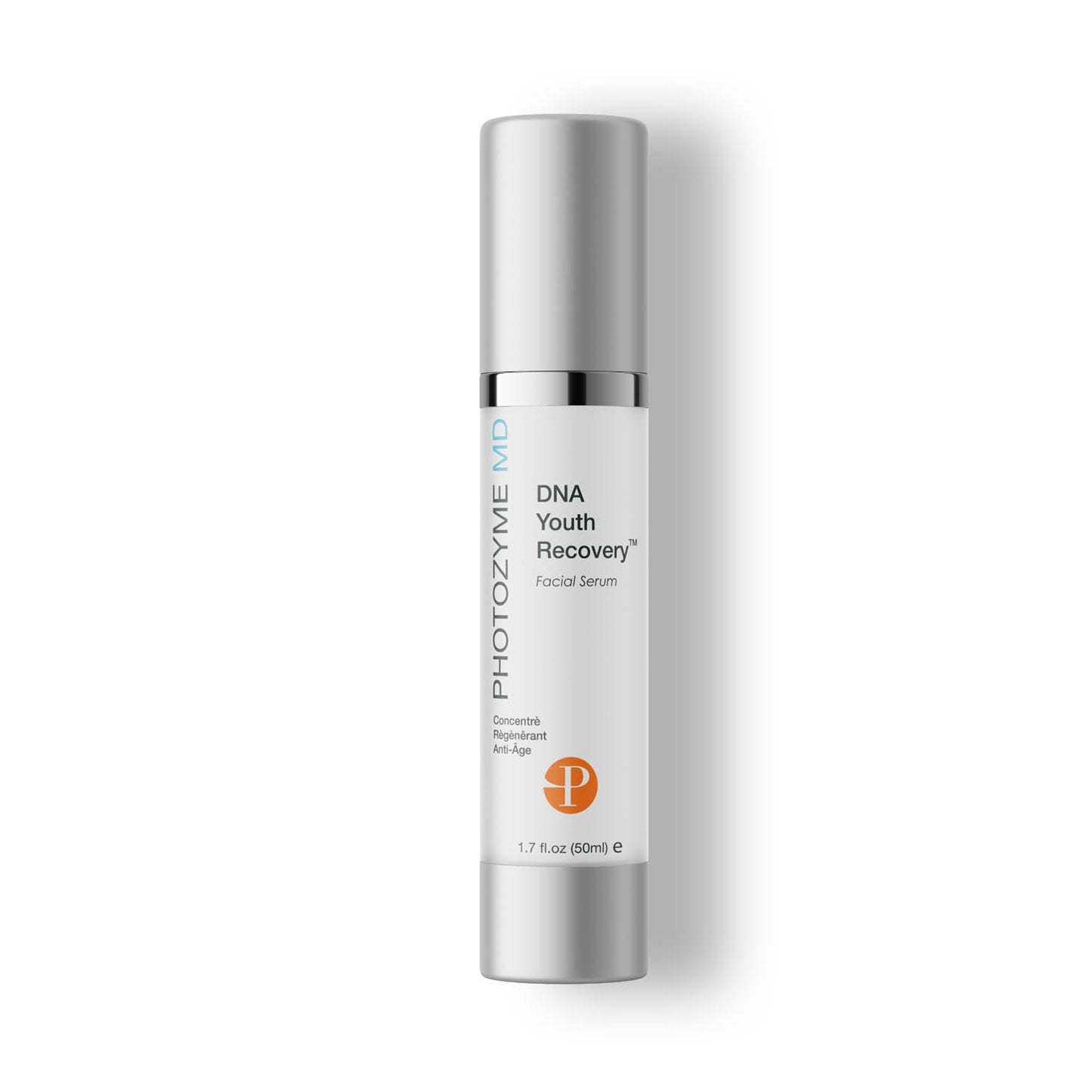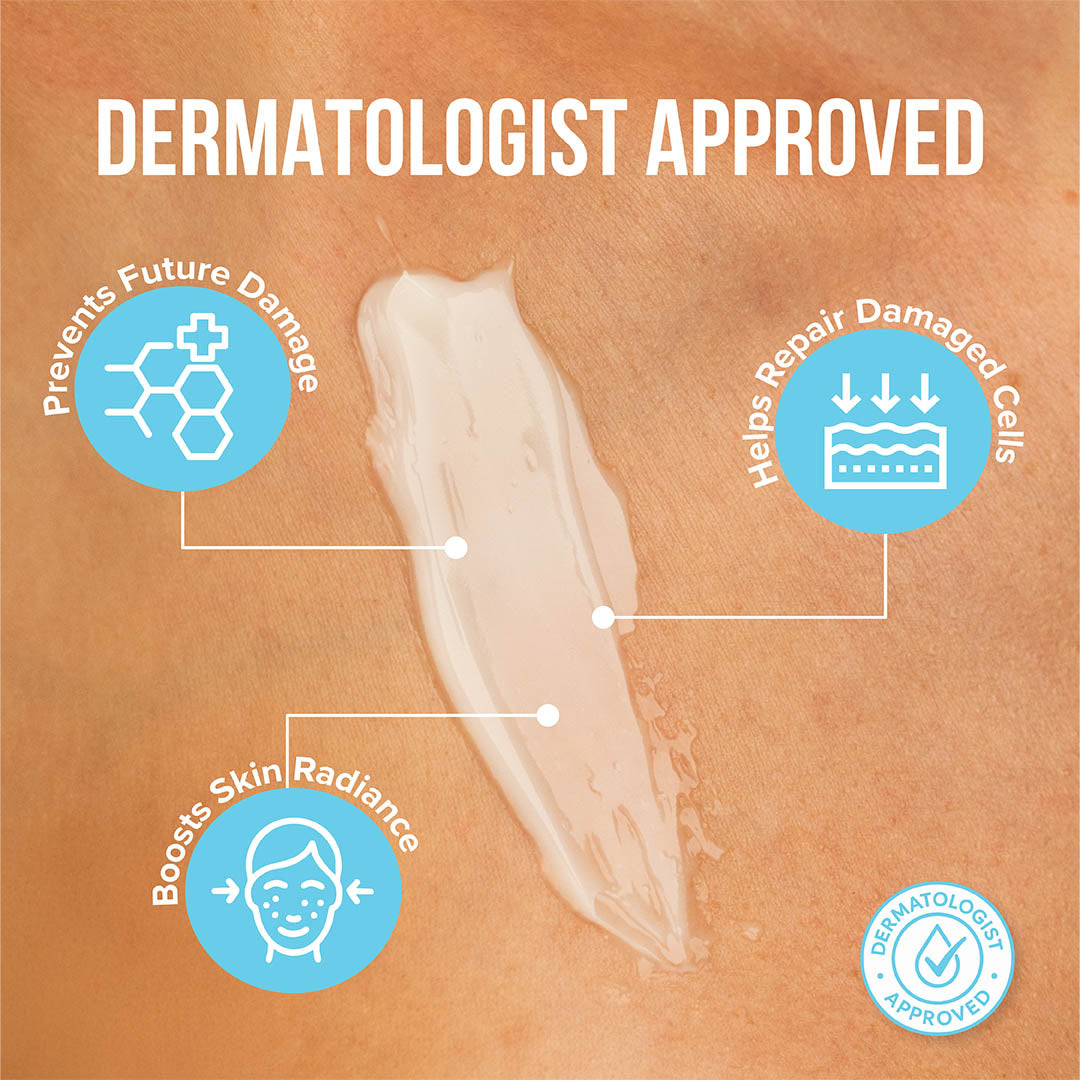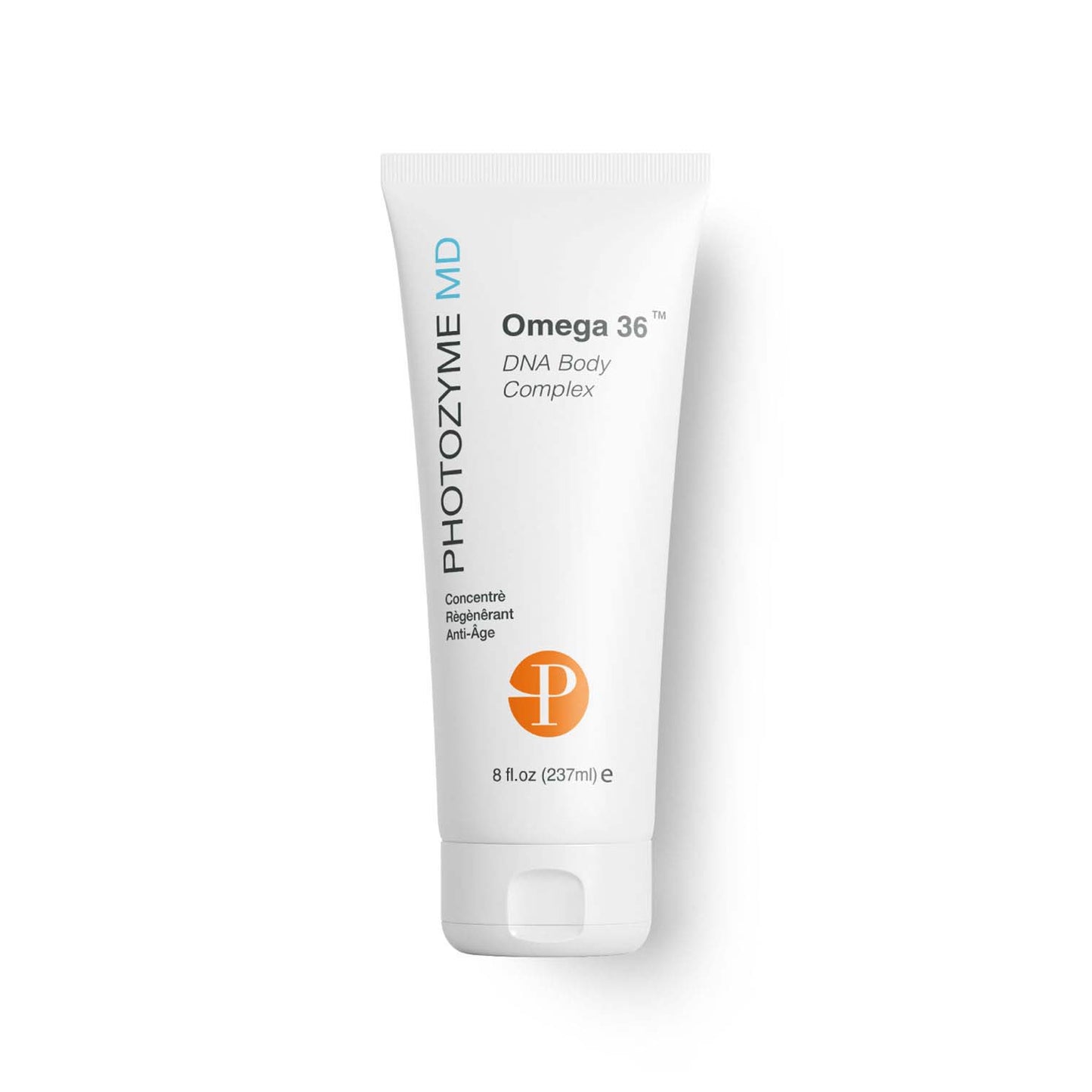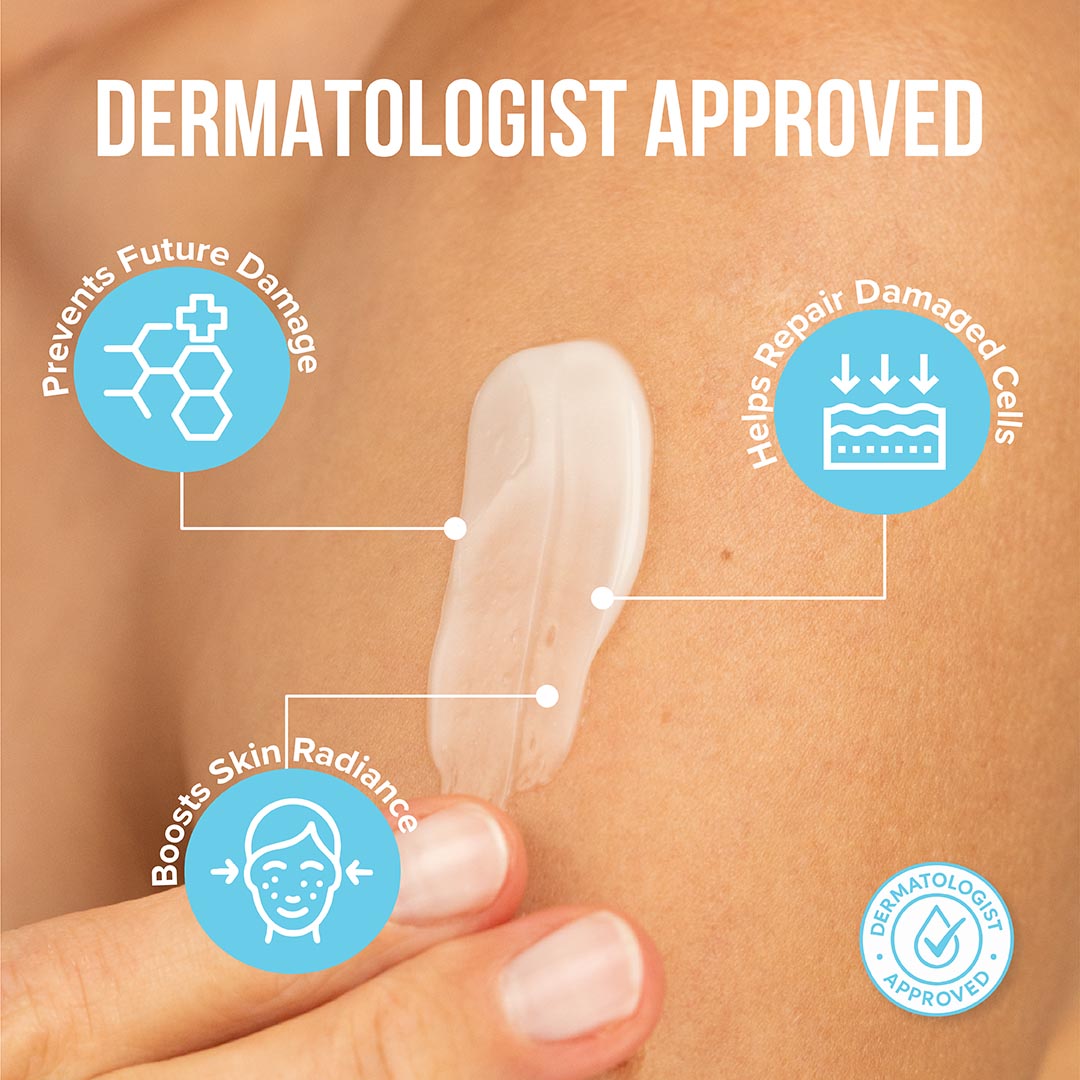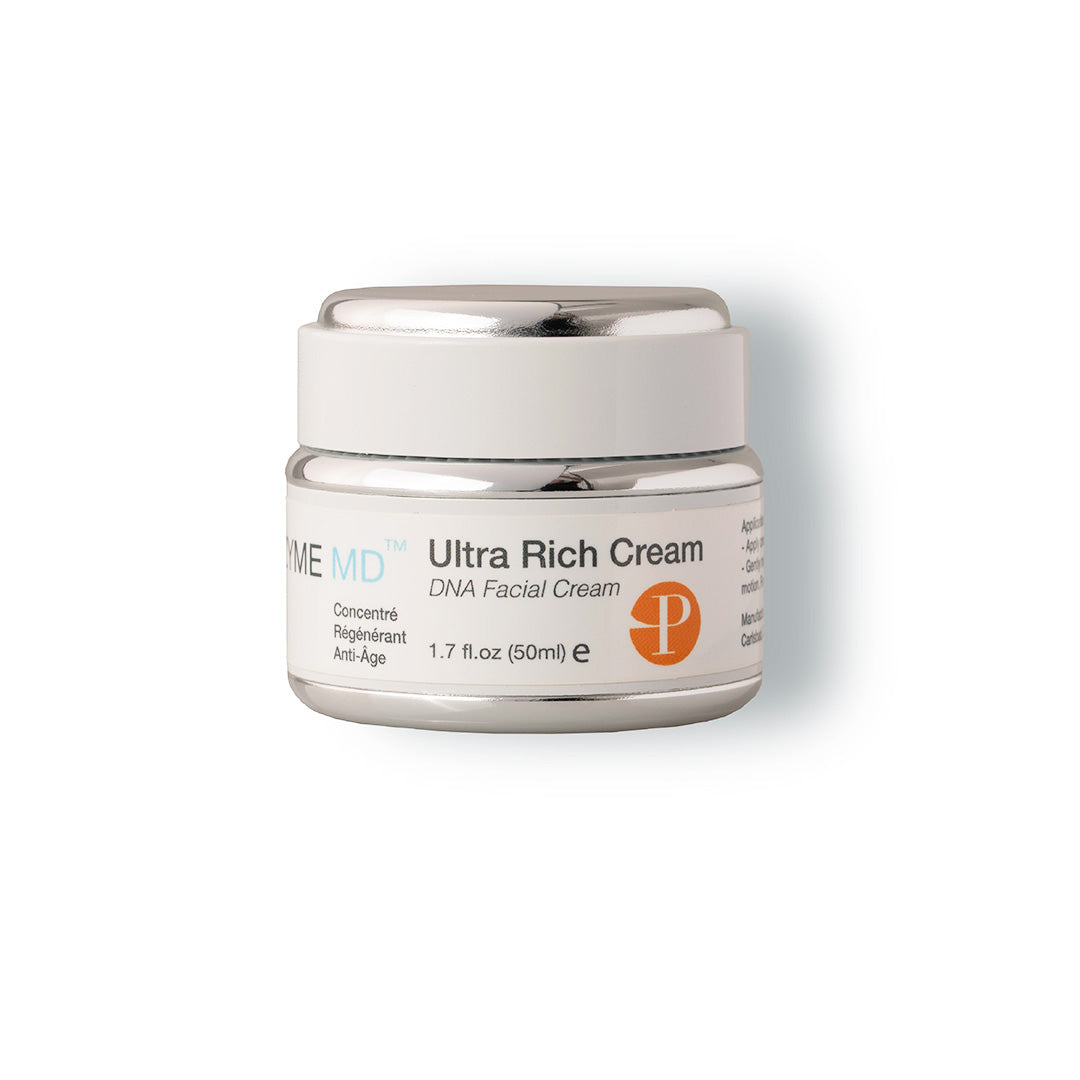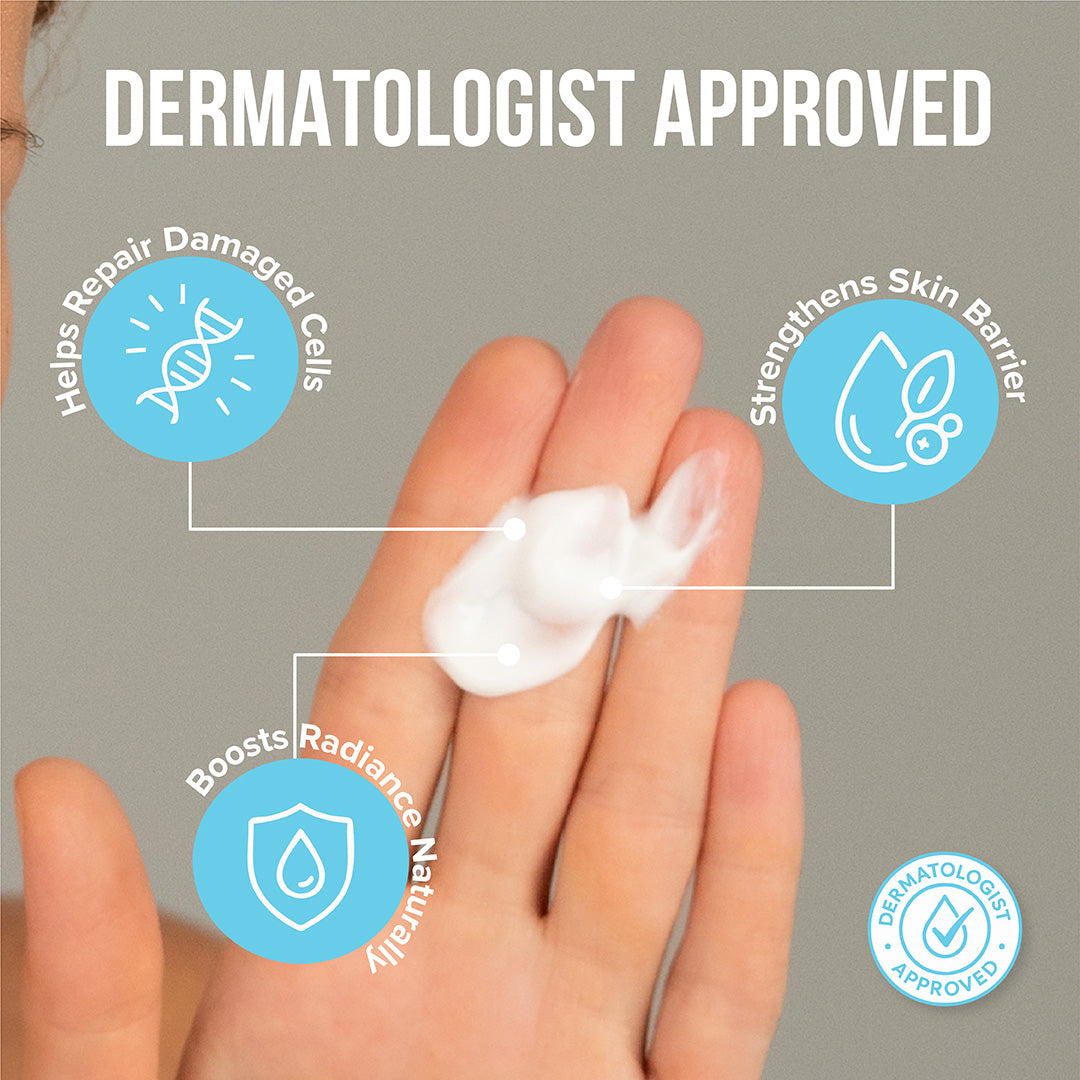Dark circles beneath the eyes are a multifactorial concern that extends beyond mere lack of sleep. As you examine the delicate periorbital area, it becomes clear that anatomical, environmental, and lifestyle influences converge to drive the appearance of these shadows.
Pigmentation And Genetic Influence
Dark circles beneath the eyes are a multifactorial concern that extends beyond fatigue. One primary mechanism is melanin overproduction, driven by genetic predisposition, ethnic background, and chronic UV exposure, which leads to periorbital hyperpigmentation. The skin takes on a persistent brown or gray cast in these cases due to increased melanocyte activity. Treatment options often include brightening agents, but addressing melanin regulation is just one piece of a comprehensive solution for those researching how to get rid of dark circles under the eyes.
Vascular Visibility And Skin Transparency
Another major contributor is the visibility of dermal vasculature, intensified by thinning skin and reduced subcutaneous fat. This leads to a bluish or purplish hue under the eyes, especially in individuals with fair complexions. The translucency of the periorbital skin makes underlying blood vessels more apparent, creating a fatigued or aged appearance.
External Triggers And Lifestyle Factors
Environmental exposure and poor lifestyle habits play a compounding role. Chronic UV radiation accelerates collagen breakdown and skin thinning, while dehydration, inadequate sleep, and high stress promote vascular congestion. These factors collectively cause fluid retention and discoloration. Allergic responses and mechanical trauma, such as frequent eye rubbing, lead to inflammation that further worsens discoloration. Incorporating retinol under the eyes can help support collagen regeneration and improve skin texture when used cautiously and under professional guidance.
Age-Related Structural Changes
As collagen and elastin fibers decline with age, structural support weakens around the eye area. Skin laxity and volume loss in the tear trough create hollowness that casts shadows, deepening the dark circles' appearance even when pigmentation is minimal. This shadowing effect is often misinterpreted as hyperpigmentation.
Clinical Relevance For Treatment Strategy
Accurate diagnosis requires recognizing these overlapping causes. Targeted treatment should address each factor: melanin regulation, vascular support, skin barrier restoration, and tissue regeneration. Advanced eye creams integrating DNA repair enzymes, peptides, and brightening agents offer a multidimensional strategy to reduce dark circles and improve periorbital skin quality over time.
Brighten the delicate under-eye area with clinically advanced care. At Photozyme, our dark circle eye cream contains DNA repair enzymes and dermatologist-trusted actives to reduce pigmentation, puffiness, and fine lines. Whether you're facing fatigue, aging, or UV damage, give your skin the precise support it needs. With our best skin care monthly subscription, effortless results come on schedule. Strengthen, brighten, and protect your under-eyes with every application. Let real science lead the way to a more rested, radiant look, day after day.
